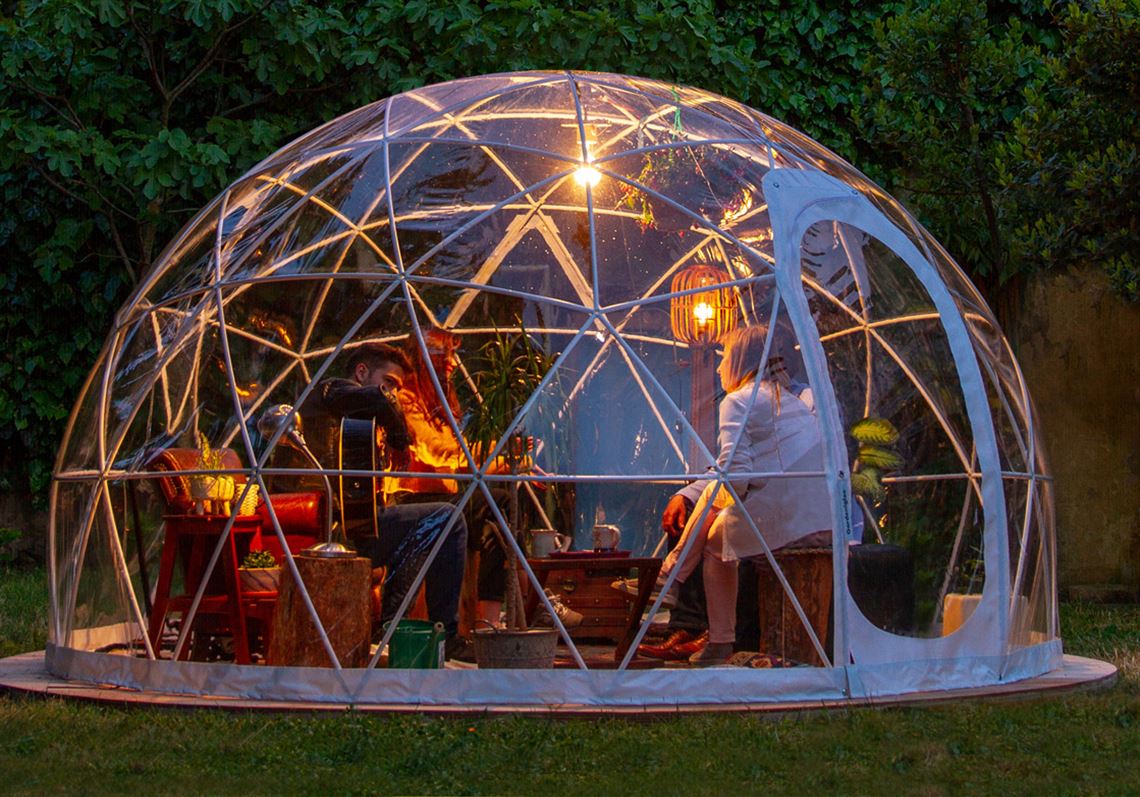The summertime is over, clearly autumn has arrived, and winter can't be far behind. It is time for you to prepare the garden and surrounding landscape for the harsh months ahead. Listed below are three simple tips to assist you get started. Before the first killing frost do one last weeding in the garden. This may prevent seed heads from dispersing and give you a head come from the spring. Remove any diseased plants or foliage to stop diseases from spreading or even lying dormant in the bottom until next spring. Don't compost diseased materials. Cut back foliage that is completed blossoming and unattractive at inches off the ground. Plants such as for example lavender, sage and astilbe bring interest to the winter garden if left untrimmed. Phlox, peonies, and monarda bee balm should often be reduce since they're highly prone to disease. Plants that still look good, annuals, hostas, sedum and others may be reduce after the initial killing frost. Unfortunately, raking is crucial for a wholesome, attractive lawn and garden.

You could be surprised to find out that most perennials do not need to be covered up or protected. However if you are trying to grow plants or shrubs that aren't hardy for the agricultural zone, or it is a first year perennial, or it is expensive or special you should take extra precautions. The most well-liked method for protecting garden perennials is always to mulch, but mulching does not mean covering up your plants. The mulch material must certanly be placed around the foot of the plant, not covering the center or crown and shouldn't be achieved until after several hard frosts. The theory is to stop the floor around the plant from unthawing and refreezing inducing the plant to heave or start spring growth prematurely. Materials for mulch can include shredded leaves, running your mower on the leaves several times, processed manure, or shredded bark. It is advantageous to make use of something that'll break down over the wintertime and add nutrients or amend the soil. Tender shrubs and roses often require some protection from the harsh winter winds, temperatures and animal damage.
Plastic or wire hardware cloth can be utilized across the shrubs to protect the bark from rodent damage. To protect from winds and temperatures shredded leaves may be put in as well. Hybrid tea roses ought to be protected before the temperatures drop below twenty-five degrees F. You can find products such as for example The Garden Dome that offer a simple frame and secured cover for shrub and plant protection. Continue to water evergreens and newly planted shrubs as long as possible. Collect: Walk around your garden and yard and collect the decorative elements that will take a beating; statuettes, wind chimes, gazing balls, etc. Don't ignore ceramic bird baths which can be susceptible to freezing and cracking. Take clippings of any annuals that you intend to bring indoors. Consider cleansing your containers and storing before the elements is miserably cold. Be sure to drain and bring in hoses and if you don't have freeze proof faucets those must certanly be drained and shut off as well. A garden prepared for winter is a protected investment. A little time and energy spent now brings a more pleasant bring about the spring.

No comments:
Post a Comment